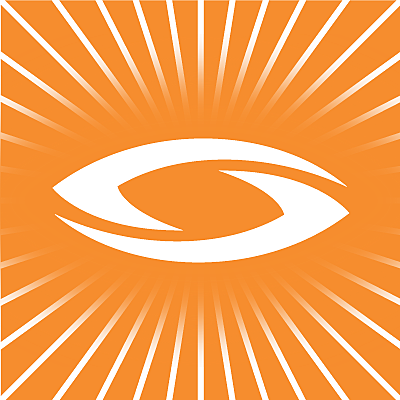A digital revolution in healthcare that truly began about a decade ago has accelerated greatly this past year, serving as an essential support tool for providers during the COVID-19 pandemic. A large-scale digital health study by the American Medical Association showed that between 2016 and 2018, the percentage of physicians employing telehealth visits and remote monitoring had doubled from 14% to 28%. Unofficial estimates, including those by the AMA, put that figure as high as 90% now.
Before and during the pandemic, patients reported high satisfaction with their telehealth experience, even those using it for the first time – and it’s obvious why. They are afforded easy, same-day appointments with their providers and fast access to diagnoses and prescriptions, all from the comfort of their homes. Patients have been overwhelmingly receptive to this digital shift as a result. But why can’t the same be said of their providers?
In fact, a growing number of voices have observed that, ever since telehealth emerged, physicians experiencing information overload often found the transition to more virtual visits too demanding. Recently, Salesforce’s chief medical officer Ashwini Zenooz penned an article for the Harvard Business Review. She stated that many physicians remained skeptical about virtual care and doubtful of its overall benefits, due to the perceived potential of “adding to their already weighty technological and administrative burdens.” Many feel an unpleasant sense of déjà vu, seeing another well-intentioned but negatively disruptive technological solution. The drive to adopt electronic health records a few years back, which produced record physician burnout, is still fresh on many minds.
But the transformative power of telehealth can be maintained in two rather simple ways. First, providers report the greatest satisfaction with tools that are directly responsive to their needs. In other words, customization is a must-have. Telehealth also needs to augment a physician’s experience of providing care and be respectful of the time and pressures they face, without replacing their services or making administrative tasks more difficult. Only then can telehealth prove to be a practical reality, rather than an abstract, distant concept.
Thanks to omni-channel integration with Salesforce Health Cloud and other innovative capabilities, SightCall has responded to the demand of providers searching for a comprehensive solution. The device-agnostic platform featuring augmented reality (AR) and artificial intelligence (AI) capabilities is operated through the Salesforce patient portal, with no need for toggling between screens while guiding patients through solutions in real-time or additional administrative work related to adding and storing patient information or data.
This can even be operated from a patient’s mobile device – and in situations where someone who is seriously ill cannot set up a SightCall session themselves, activated without any need for input from the patient. The platform readily facilitates fully HIPAA-compliant visual assistance use cases and is also compatible with data protection and user privacy regulations like GDPR and CCPA.





